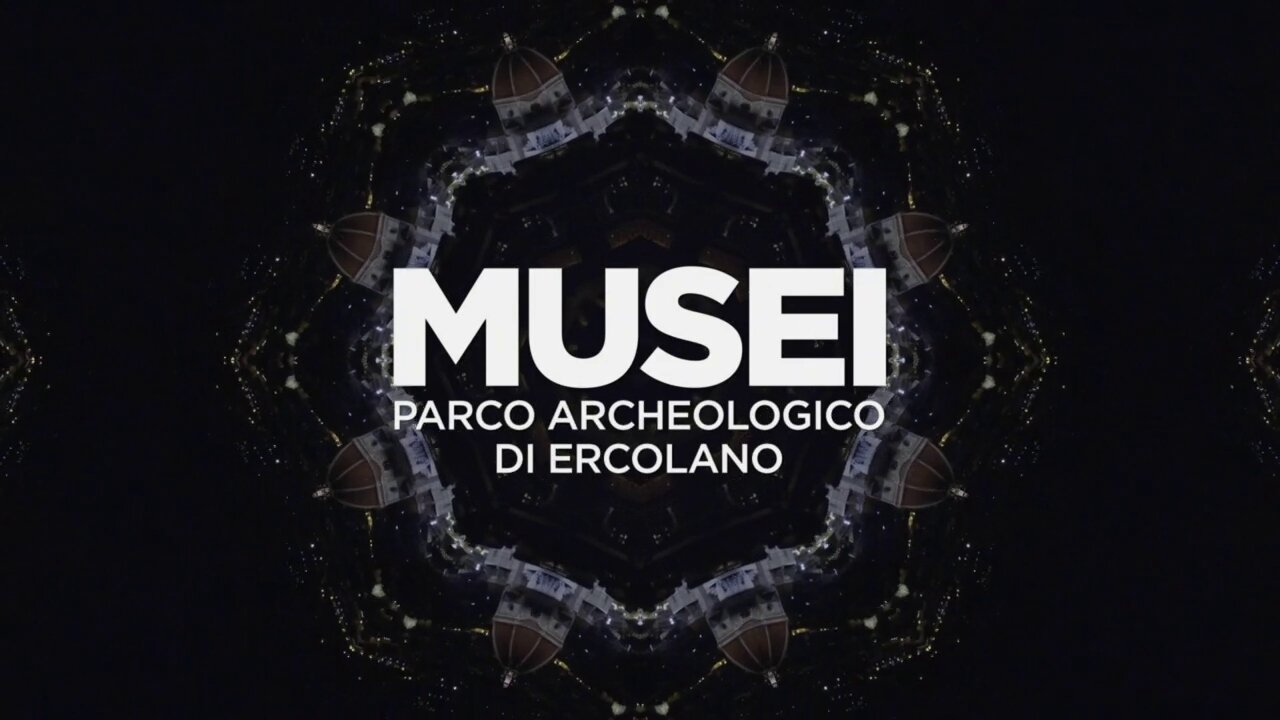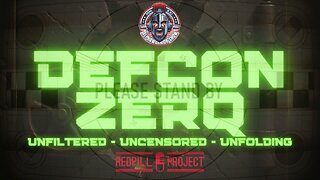Premium Only Content

Musei: Series I | Parco Archeologico Di Ercolano/Archeological Site of Herculaneum (Episode 2)
Episode 2: The Archeological site of Herculaneum (in Italian: Scavi di Ercolano) is the area south of the town centre of modern Ercolano where the Roman town of Herculaneum has been excavated. Herculaneum was destroyed and buried by lava and mud during the eruption of Mt. Vesuvius in AD 79 together with Pompeii, Stabiae and Oplontis. In 1997 the Herculaneum site was listed as a World Heritage Site by UNESCO. Although Herculaneum was discovered before Pompeii, the excavation was so difficult that it was repeatedly interrupted in favour of the easier excavation of Pompeii. Herculaneum is smaller and less famous than Pompeii, but better preserved due to the different volcanic materials that covered the town. In Herculaneum there are many wooden remains (doors, furniture, beams) and organic goods (fruit, bread, seeds, rope) that were burnt in Pompeii. Many Herculaneum buildings still retain their upper floors either entirely or in part. The excavated area of Herculaneum consists of only one quarter of the entire ancient town because the rest of the site still lies beneath modern Ercolano.
The Basilica Pontificia of Santa Maria a Pugliano, in Piazza Pugliano, is the main church of Ercolano and the oldest in town and the area all around Mt. Vesuvius. The Miglio d’Oro is the leg of Corso Resina ( the old Strada Regia per le Calabrie) in Ercolano from the Archeological Site of Herculaneum leading to Torre del Greco where are lined the largest, the finest and the most sumptuous villas designed by the best architects of that time and built in the 18th century by the noble families of the Kingdom of Naples around the Royal Palace of Portici. The most famous are Villa Campolieto, Villa Favorita and Villa Aprile. All the villas had backside gardens and woods, some of them rivaling with the ones of the Royal Palace. Since the time of Roman Herculaneum, the area has attracted famous artists, poets, writers and philosophers.
Episode 3: https://rumble.com/v47uv4r-musei-mann-the-national-archaeological-museum-of-naples-episode-3.html
-
 45:45
45:45
Adaneth - Arts & Literature
1 month agoBeethoven: Symphony No.3 'Eroica' | John Eliot Gardiner & Orchestre Revolutionnaire et Romantique
60 -
 LIVE
LIVE
Lofi Girl
2 years agoSynthwave Radio 🌌 - beats to chill/game to
453 watching -
 2:19:32
2:19:32
Badlands Media
1 day agoDEFCON ZERO Ep. 005: False Flags, Cyber Fronts & Global Power Plays
140K57 -
 2:35:23
2:35:23
FreshandFit
7 hours agoWhy Black Men Don't Date Black Women Debate
32.5K32 -
 2:03:42
2:03:42
Inverted World Live
11 hours agoBigfoot Corpse Coming to the NY State Fair | Ep. 94
104K24 -
 6:16:23
6:16:23
SpartakusLIVE
11 hours ago$1,000 Pistol Challenge || #1 ENTERTAINER of The EONS Eradicates BOREDOM
80.3K2 -
 2:33:37
2:33:37
TimcastIRL
9 hours agoTrump Orders Review of Smithsonian For Being Woke & Out of Control | Timcast IRL
182K73 -
 3:09:10
3:09:10
Barry Cunningham
12 hours agoPRESIDENT TRUMP HAS TAKEN THE MONSTER AWAY FROM THE LEFT! HORROR STORIES WON'T WORK ANYMORE!
81.6K80 -
 1:29:55
1:29:55
WickedVirtue
6 hours agoLate Night Fortnite w/ Friends
50.9K -
 3:34:06
3:34:06
This is the Ray Gaming
7 hours ago $1.07 earnedCould you be? Would you be? Won't you be my RAYBOR? | Rumble Premium Creator
30.9K